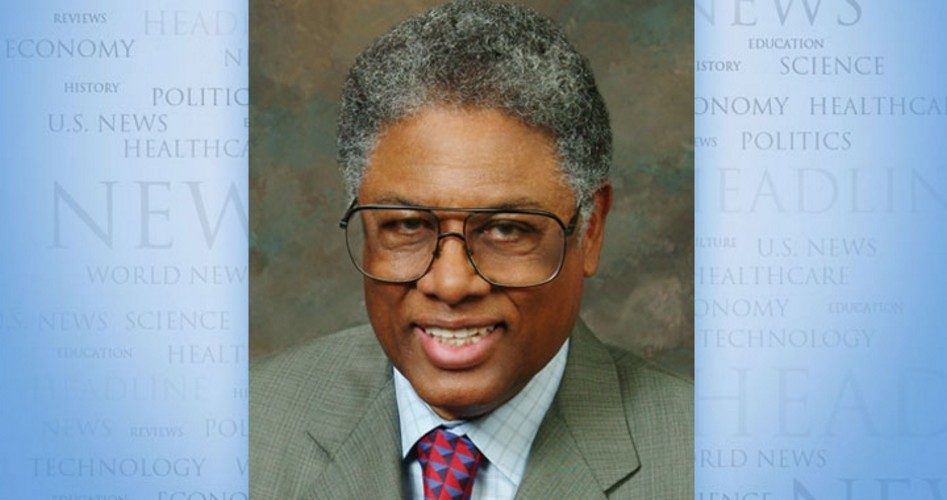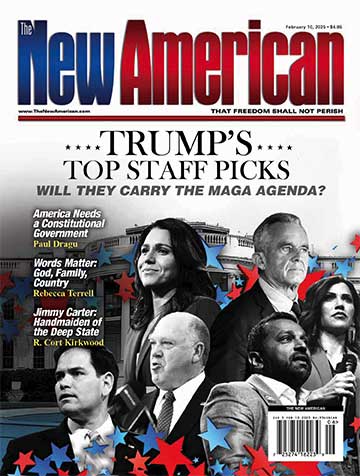
Front-page editorials, disguised as news stories, have become such familiar features of the New York Times that it should have been no surprise to discover in the December 28th issue a front-page story about a professor of finance at the University of Houston who has been a paid consultant to financial enterprises.
Since professors of all sorts have been paid consultants to organizations of all sorts, it is questionable why this was a story at all, much less one that covered an entire inside page, in addition to a central front-page opening, under the headline “Academics Who Defend Wall St. Reap Reward.”
Do academics who attack Wall Street, as consultants to government agencies or other organizations, not get paid?
Like the corrupt French official in the movie classic Casablanca, the New York Times is “shocked, shocked” to discover that consultants get paid defending the kinds of people that the New York Times attacks.
Where has the New York Times been all these years, as government agencies of all sorts spend the taxpayers’ money not only to hire consultants but also to hand out research grants to professors, institutions and programs that promote the kinds of policies that serve the institutional interests of these agencies?
Back when I was an economist at the U.S. Department of Labor, many years ago, officials there spoke in reverential tones about Professor Richard A. Lester, an economist at Princeton University who sometimes came down to Washington to advise the Department.
Although many other economists argued that minimum wage laws increased unemployment, especially among young unskilled workers, Professor Lester had questioned whether minimum wages had the bad effects that other economists said they had.
His view was very congenial to the institutional interests of the Department of Labor, a substantial part of whose appropriations and employment was based on its administration of the minimum wage law.
In fairness to Professor Lester, there is no reason whatever to think that his views were based on the money he got from the government. His views were undoubtedly what they were, well before they came to the attention of the Labor Department, which then decided that he was someone whose services they wanted.
The real corruption comes from arming government agencies with the taxpayers’ money to hire consultants and give research grants to academics and others whose views serve the interests of those particular government agencies, as distinguished from serving the interests of the public from whom these taxes are extracted.
Does anyone seriously believe that those government agencies that stand to see their powers and money increased if the “global warming” agenda prevails will be handing out research grants impartially to both those climate scientists who agree with that agenda and those who disagree?
As someone who used to do some consulting, I once encountered the attitude exhibited in the New York Times “news” story. In a case in which I was testifying against a government policy, the opposing attorney demanded to know how much I was being paid.
When I told her, her immediate and sarcastic response was: “Is that what the traffic will bear?”
“I certainly hope not,” I said. “The whole point of charging what I do is to ration my time.” I had undoubtedly been selected as a consultant because my previous writings showed which side of the issue I was on already.
The central target of the New York Times hit piece was Professor Craig Pirrong, whom it says “had financial ties to both sides” of a dispute over financial speculation. Despite this, the repeated insinuation was that he has a conflict of interest.
If both sides are willing to pay him for consulting, where is the conflict? No matter what side he takes on a particular issue, somebody is going to pay him — as people who work in any capacity usually expect to get paid, even people who write hit pieces for the New York Times.
What is really corrupting is camouflaging an editorial as a “news” story — and acting as if people who represent one side of a controversial issue are somehow less worthy than people who represent the opposite side that happens to be favored by the New York Times.
Thomas Sowell is a senior fellow at the Hoover Institution, Stanford University, Stanford, CA 94305. His website is www.tsowell.com. To find out more about Thomas Sowell and read features by other Creators Syndicate columnists and cartoonists, visit the Creators Syndicate Web page at www.creators.com.
COPYRIGHT 2013 CREATORS.COM

